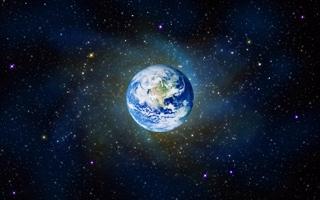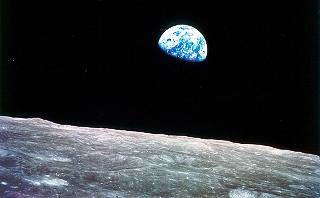
WASHINGTON (PTI): The third largest near-Earth object - believed for 30 years to be an asteroid - is actually a comet, a new study has found.
Called 3552 Don Quixote, the body is one of the near-Earth objects - mostly rocky bodies, or asteroids, that orbit the Sun in the vicinity of Earth.
About 5 per cent of near-Earth objects are thought to be "dead" comets that have shed all the water and carbon dioxide in the form of ice that give them their coma - a cloud surrounding the comet nucleus - and tail.
The discovery could hold implications for the origin of water on Earth, researchers said.
An international team including Joshua Emery, from the University of Tennessee, found that Don Quixote is an active comet, thus likely containing water ice and not just rocks.
"Don Quixote has always been recognised as an oddball," said Emery.
"Its orbit brings it close to Earth, but also takes it way out past Jupiter. Such a vast orbit is similar to a comet's, not an asteroid's, which tend to be more circular - so people thought it was one that had shed all its ice deposits," Emery said.
Using the NASA's Spitzer Space Telescope, the team led by Michael Mommert of Northern Arizona University re-examined images of Don Quixote from 2009 when it was in the part of its orbit closest to the Sun, and found it had a coma and a faint tail.
Emery also reexamined images from 2004, when it was at its farthest distance from the Sun, and determined that the surface is composed of silicate dust, which is similar to comet dust.
He also determined that Don Quixote did not have a coma or tail at this distance, which is common for comets because they need the Sun's radiation to form the coma and the suns charged particles to form the tail.
The researchers also confirmed Don Quixote's size and the low, comet-like reflectivity of its surface.
"We now think this body contains a lot of ice, including carbon dioxide and/or carbon monoxide ice, rather than just being rocky," said Emery.
The discovery implies that carbon dioxide and water ice might be present within other near-Earth asteroids, as well, researchers said.
It also may have implications for the origins of water on Earth as comets may be the source of at least some of it, and the amount on Don Quixote represents about 100 billion tons of water, roughly the same amount that can be found in Lake Tahoe.
 Previous Article
Previous Article












The Indian Air Force, in its flight trials evaluation report submitted before the Defence Ministry l..
view articleAn insight into the Medium Multi-Role Combat Aircraft competition...
view articleSky enthusiasts can now spot the International Space Station (ISS) commanded by Indian-American astr..
view article